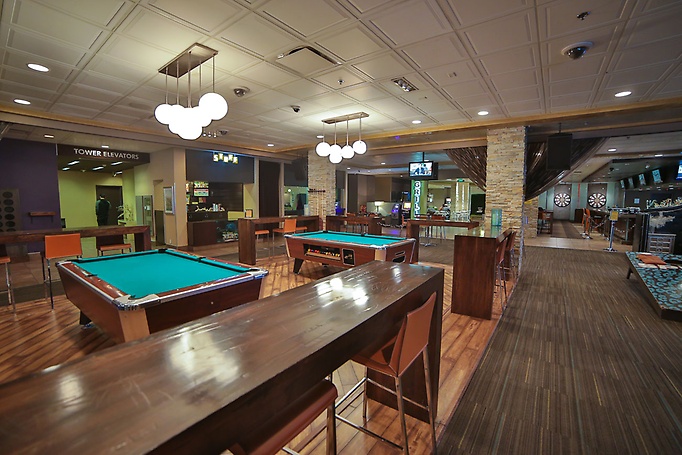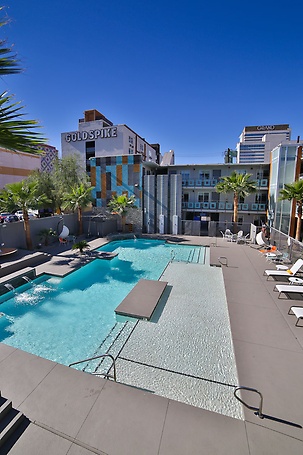

Rendezvous, as it was called, was first opened in 1976 and it stayed open until 1983.Īfter being closed for several months for undisclosed reasons, casino owner Jackie Gaughan purchased the property the Rendezvous was located in and turned it around. Not many people know this, but for many years, the Gold Spike had a different name completely. Throughout Gold Spike history, there have been a number of different names. History of the Gold Spike Rendezvous and renaissance Let’s learn more about the Gold Spike history. By “original,” it’s one of the only original Vegas casinos still standing today. While it’s not easy to say that any given hotel or casino is the “most popular,” or “most famous” in Las Vegas, the Gold Spike is one of the original.

But they will furnish them upon request.If you’ve been downtown in Las Vegas, you’ve probably been to the Gold Spike.

Note: This place is so modern, it doesn’t have in-room phones or alarm clocks (since most guests simply use smartphones). Should you want to start being “real” yourself, the decked-out, 5,000-square-foot, 3-bedroom penthouse is available for a stay. It’s latest claim to fame is that the Oasis was home to the 31st (!) season of MTV’s The Real World (yes, that show is apparently still running). The courtyard pool is a bit on the small side, but not too small for a hotel with fewer than 50 rooms. The bathrooms are more spacious than normal, with spa showers, but no tubs. Ultra-contemporary touches include co-working space in the lobby, bike rentals, and turntables with a selection of vinyl. Look past the fact that the rooms are referred to as “crash pads” and appreciate that they’re custom designed with beautiful minimalist art, comfy furnishings, and solid walls to keep them quiet. It’s a serene, 44-room getaway from all the millennial-oriented fun downstairs. I have to say: the Oasis lives up to its name. Oasis is the hotel portion of Gold Spike, a formerly sketchy hotel and casino that was transformed into a trendy bar and playground (the Living Room offers pool tables and shuffleboard, while the Backyard features giant Jenga blocks and boards to play cornhole). That initiative, called the Downtown Project, hasn’t yet created the promised Las Vegas utopia (in fact, the success of the endeavor is still being hotly debated), but one of the results is that the “Project” went into the hotel business. When Zappos CEO Tony Hsieh moved his company into Las Vegas’ old town hall and invested $350 million of his own money into buying properties and backing small businesses who promised to move into Downtown, it looked like the area was on the verge of a total turnaround.


 0 kommentar(er)
0 kommentar(er)
